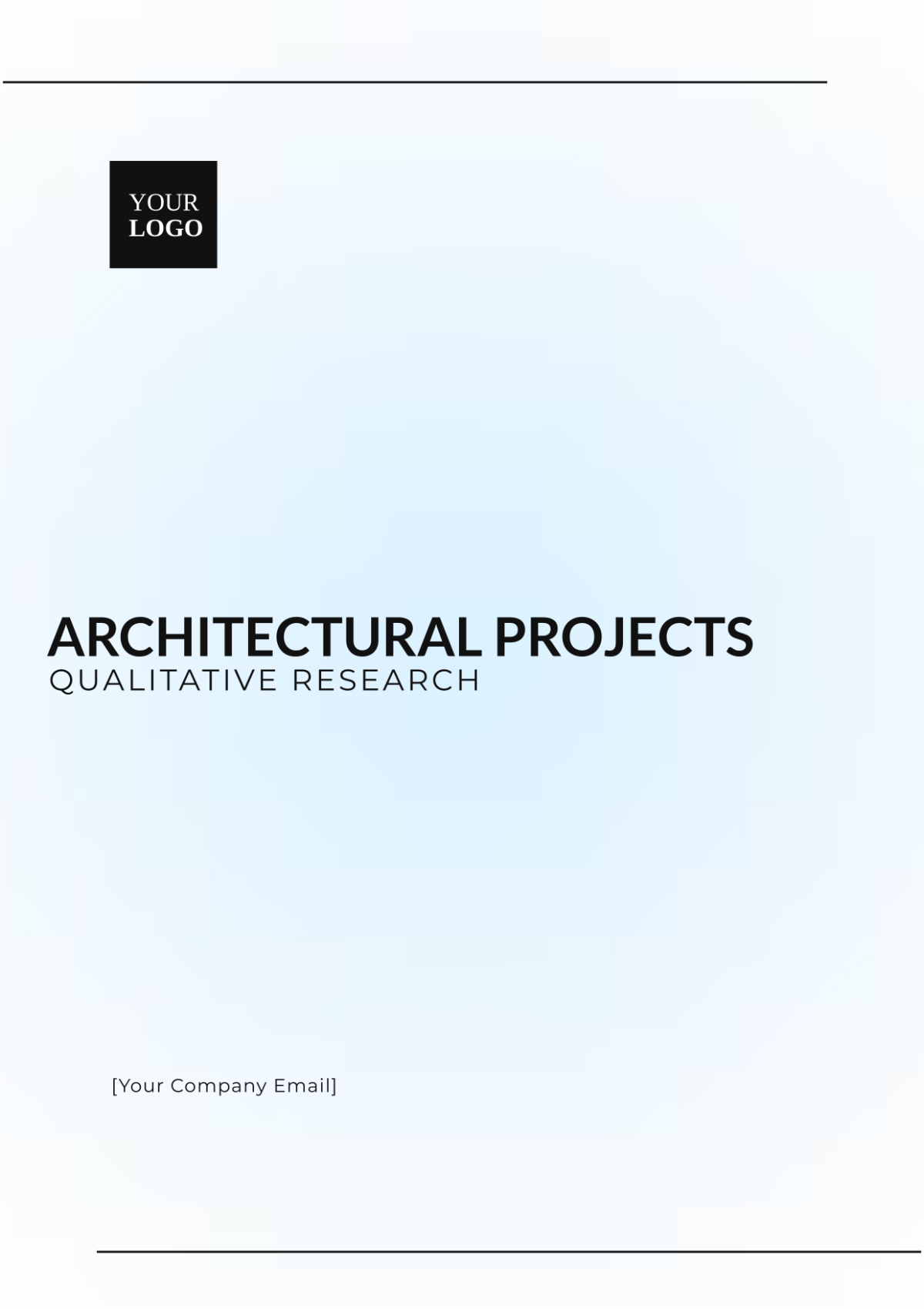Free Architectural Projects Qualitative Research
Conduct in-depth studies on architectural projects with the Architectural Projects Qualitative Research Template available at Template.net. This editable and customizable template is perfect for qualitative research in architecture. Editable in our AI Editor Tool, it provides flexibility to adapt the template to the specific goals of your research, ensuring comprehensive findings.






























